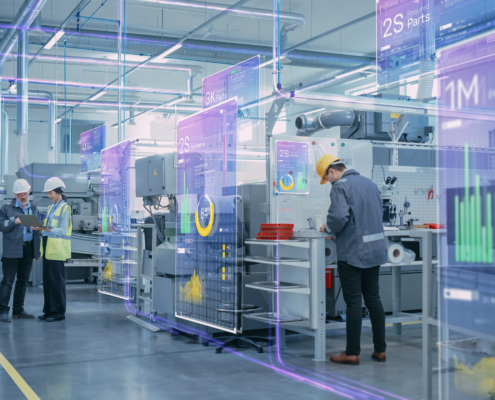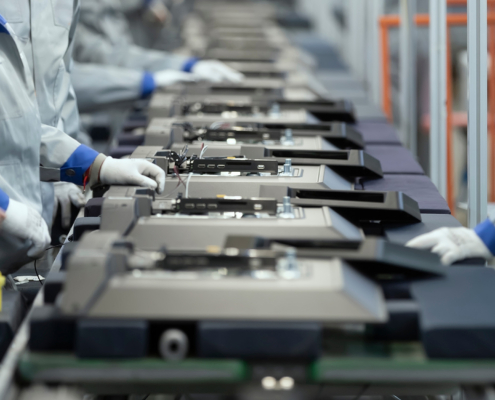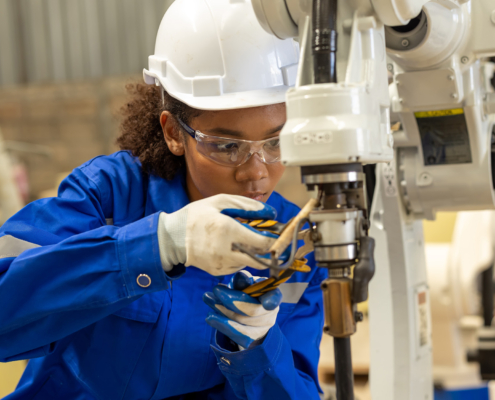Industrial automation plays a role far beyond just the factory floor—it’s transforming how both manufacturing and facility teams manage processes, reduce waste, and improve performance.
In manufacturing, automation is commonly used to streamline production lines, maintain quality control, and reduce the need for manual oversight. This leads to faster cycle times, fewer errors, and a more predictable output.
But automation isn’t limited to production. Facilities also benefit from automated systems that support operations behind the scenes. These technologies optimize everything from energy use to asset tracking. You’ll often see automation applied in areas like:
- Inventory and supply chain control, using barcode scanners and real-time databases to reduce overstock and shortages
- HVAC and lighting systems, programmed for energy efficiency based on occupancy or time of day
- Safety monitoring, with automated alerts triggered by environmental sensors or equipment faults
- Preventive maintenance, where sensor data is used to predict wear and schedule service before a failure occurs
Whether you’re managing a production plant, warehouse, or commercial building, automation helps eliminate guesswork and improve consistency across the board. For managers looking to reduce downtime, increase throughput, or improve compliance, adopting even a small amount of automation can deliver measurable results.










